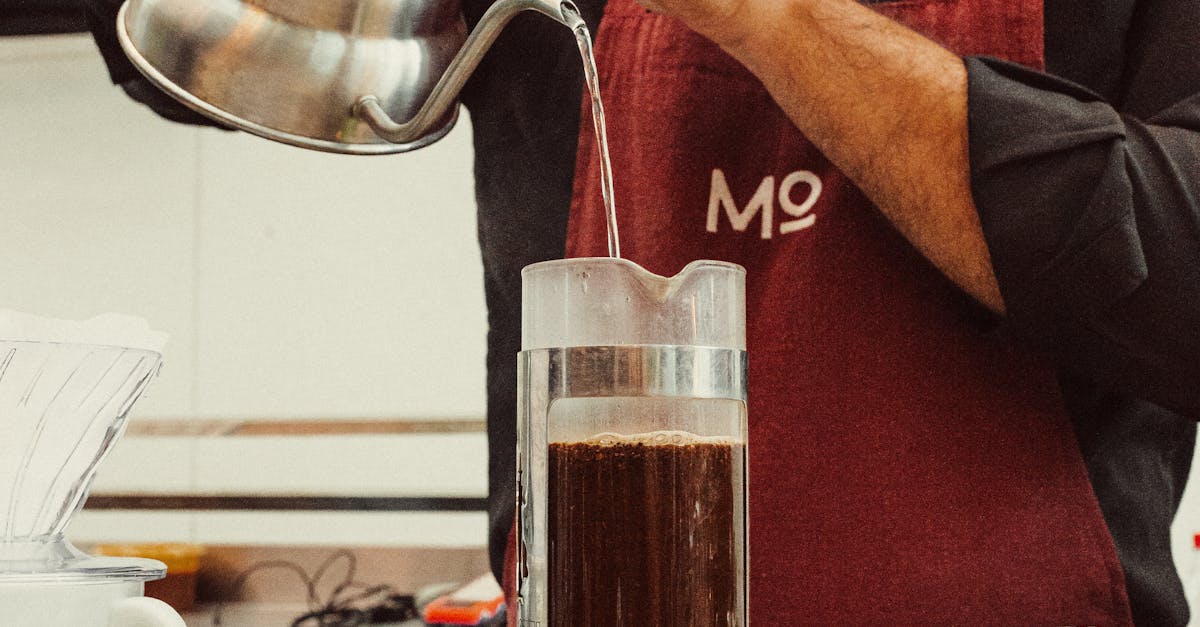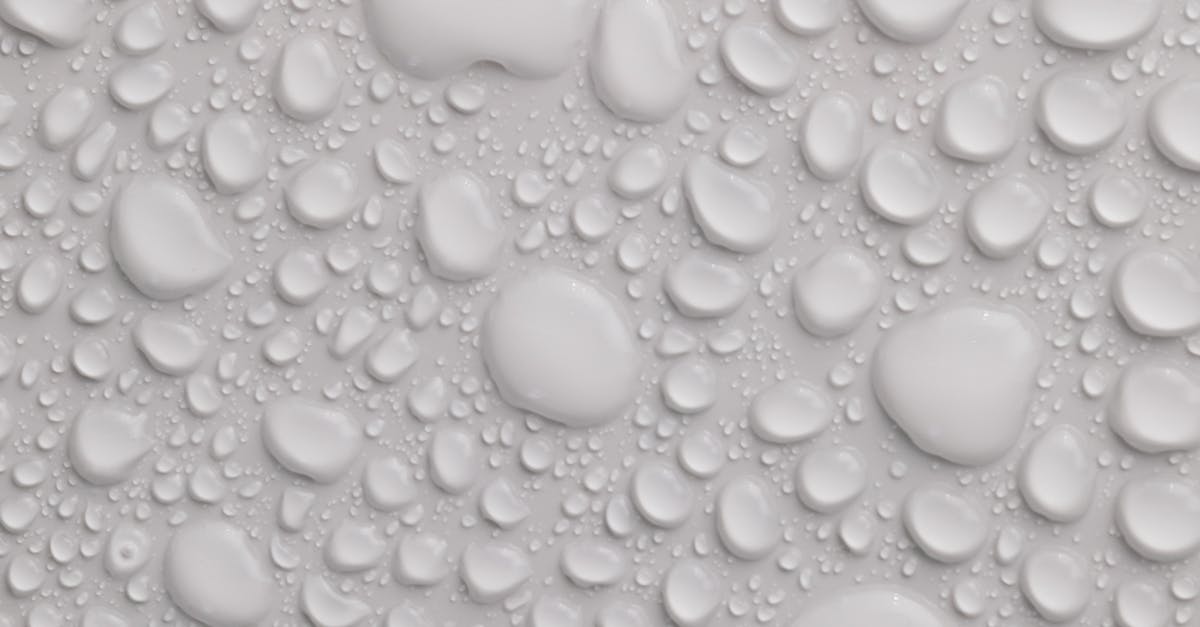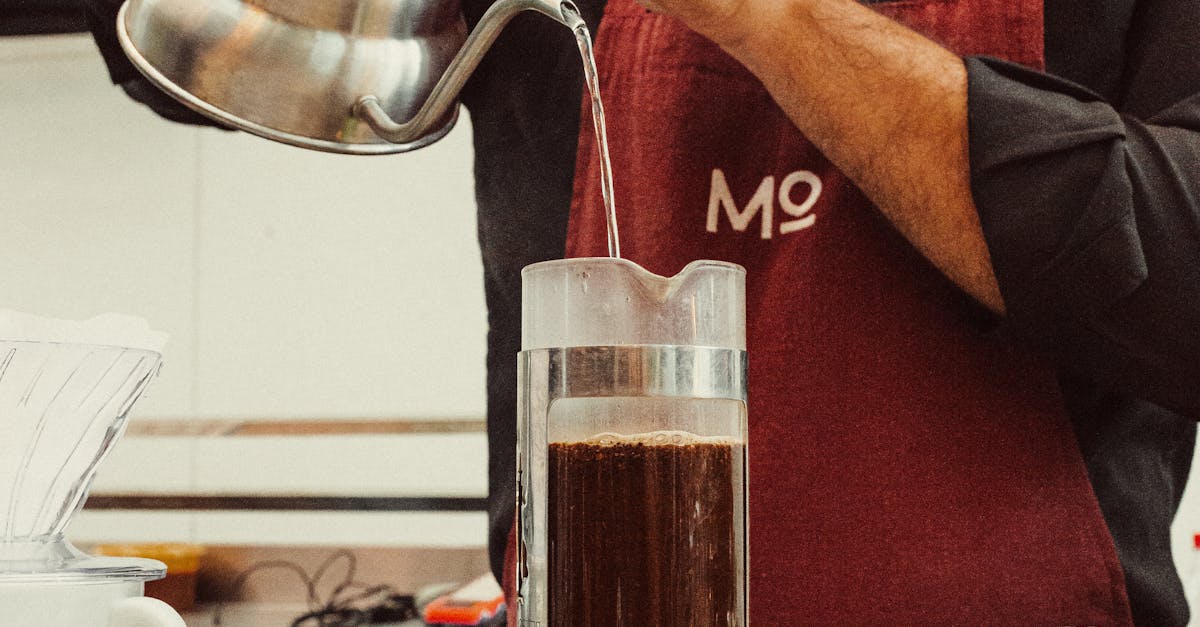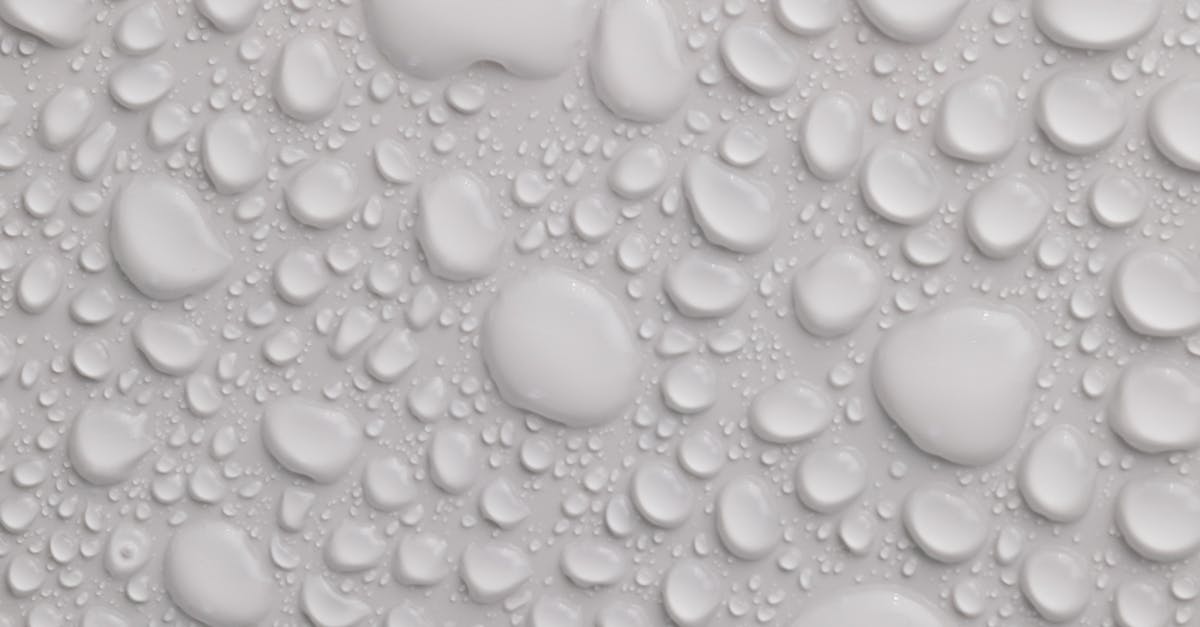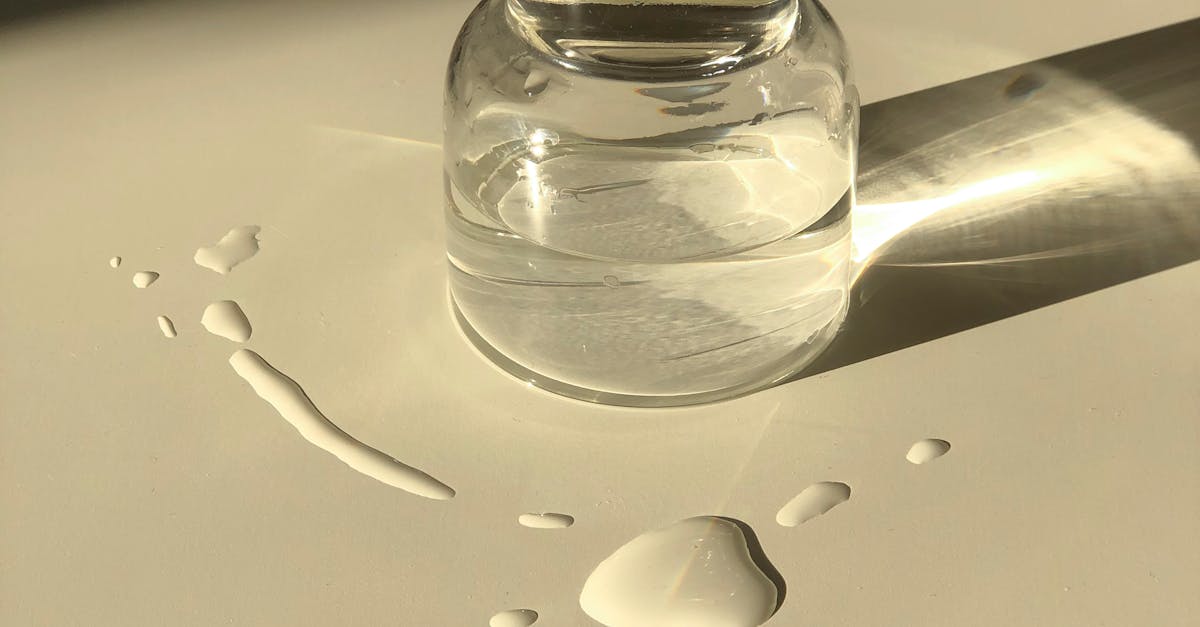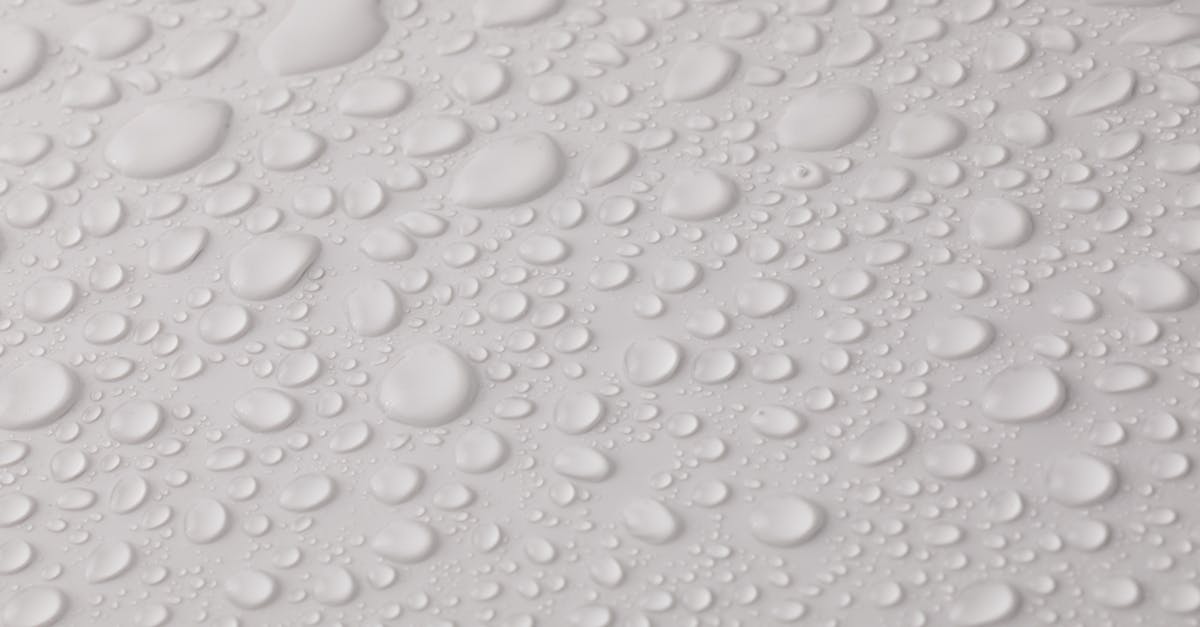
Table Of Contents
Identifying the Source of the Leak
Identifying the source of a leak in a hot water system is crucial to prevent further damage and address the issue promptly. The first step in the process of Hot Water System Leak Detection is to visually inspect all visible components of the system, including pipes, fittings, and connections. Look for any signs of moisture or water pooling around the unit, which can indicate a leak. Additionally, check for any corrosion or rust on the pipes as this could be a sign of a potential leak point.
If the exterior components appear intact, the next step in Hot Water System Leak Detection is to conduct a pressure test. This involves pressurizing the system and observing any drops in pressure, which could indicate a leak. It is important to follow manufacturer guidelines when conducting a pressure test to ensure safety and accuracy. By systematically identifying the source of the leak through visual inspection and pressure testing, homeowners can effectively address the issue and prevent further damage to their hot water system.
Checking Hot Water Pipes for Damage
When dealing with potential leaks in hot water systems, checking the hot water pipes for damage is a crucial step in the process of Hot Water System Leak Detection. Inspecting the pipes thoroughly can help pinpoint the source of the issue and prevent further damage to the system. Begin by visually examining the pipes for any visible signs of corrosion, rust, or deterioration. Look for water stains, dampness, or mold around the pipes as these can indicate a leak.
Next, run your hands along the pipes to feel for any moisture or irregularities. Pay close attention to joints and connections where leaks are more likely to occur. Use a flashlight to inspect hard-to-reach areas such as behind walls or in crawl spaces. If there is any suspicion of a leak but it is not visible, consider using a moisture meter to detect hidden water damage. Regular inspection of hot water pipes can help homeowners detect leaks early, saving time and money on repairs in the long run.
DIY Leak Detection Methods
DIY Leak Detection Methods
Hot Water System Leak Detection can be a straightforward process when utilizing some simple techniques at home. One effective method is to closely inspect all visible hot water pipes for any signs of damage or corrosion. Look for any visible moisture, rust, or discoloration on the pipes, as these can indicate a potential leak. Additionally, check for any loose fittings or connections that may be causing water to escape. Ensuring that the pipes are in good condition is crucial for maintaining the efficiency and longevity of your hot water system.
Another DIY approach for Hot Water System Leak Detection involves using food coloring to detect leaks. To do this, simply add a few drops of colored food dye to the water in your hot water system. Then, carefully observe any areas where the dye begins to seep out, as this can pinpoint the location of a leak. This technique is especially useful for identifying small leaks that may not be immediately visible to the naked eye. By conducting these DIY leak detection methods, you can proactively address issues in your hot water system and prevent potential water damage in your home.
Using Food Coloring to Detect Leaks in Hot Water Systems
Using food coloring to detect leaks in hot water systems is a simple yet effective method. To start, add a few drops of bright food coloring to the water in the hot water system. Let the colored water circulate through the system, and then check for any signs of the colored water leaking out. Hot Water System Leak Detection with food coloring can help pinpoint the exact location of the leak, facilitating a quicker and more efficient repair process.
The advantage of using food coloring for Hot Water System Leak Detection is that it makes even small leaks easily noticeable. The vibrant color stands out against the surrounding surfaces, allowing you to identify leaks promptly. Remember to use a color that is distinct from the water running through the system to ensure accurate detection. This cost-effective method can save both time and money by promptly addressing leaks before they escalate into more significant issues.
Repairing Hot Water System Leaks
Repairing Hot Water System Leaks can be a straightforward process if the source of the leak has been correctly identified. Once the location of the leak has been determined through thorough inspection and utilizing DIY leak detection methods, the next step is addressing the issue promptly to prevent further damage. Whether it's a small leak in the hot water tank or a more significant problem in the pipes, taking immediate action is crucial to ensure the continued efficiency of the hot water system.
Patching small leaks in hot water tanks can be accomplished using various materials such as epoxy putty or specialized patching kits designed for hot water systems. These methods provide reliable temporary solutions until a professional can assess and repair the leak. It is essential to follow the manufacturer's instructions carefully and ensure the patched area is secure to prevent any further Hot Water System Leak Detection issues. Regular maintenance and periodic checks can help in promptly identifying and addressing leaks, thus ensuring the smooth functioning of the hot water system.
Patching Small Leaks in Hot Water Tanks
When handling small leaks in hot water tanks as part of your DIY Hot Water System Leak Detection, it's crucial to act swiftly to prevent further damage. Start by turning off the power supply to the water heater to ensure your safety. Next, locate the source of the leak and clean the area around it thoroughly. Once the area is clean and dry, apply a suitable epoxy or water-resistant sealant to the leak to effectively patch it up. Make sure to follow the manufacturer's instructions for the product you choose to use for the repair.
After applying the epoxy or sealant, allow sufficient time for it to dry and create a tight seal over the leak. Once the patch is fully cured, turn the power supply back on and check for any signs of leakage. Monitor the repaired area closely in the following days to confirm that the patch successfully resolved the issue. By promptly addressing and patching small leaks in your hot water tank, you can prevent water damage, reduce energy waste, and ensure the efficiency of your hot water system.
FAQS
How can I identify the source of a leak in my hot water system?
You can identify the source of a leak by checking for water pooling around the system, inspecting visible pipes and connections for signs of moisture, and using a dry paper towel to locate any damp areas.
Is it possible to check hot water pipes for damage without professional help?
Yes, you can check hot water pipes for damage by visually inspecting them for cracks, corrosion, or rust. You can also run your hands along the pipes to feel for any leaks or irregularities.
What DIY leak detection methods can I use for my hot water system?
DIY leak detection methods include using food coloring in the water to trace the source of a leak, conducting a pressure test to pinpoint leaks, and using a moisture meter to detect hidden leaks.
How can I use food coloring to detect leaks in my hot water system?
Add a few drops of food coloring to the water in your hot water system and wait to see if the colored water appears anywhere outside of the system. The colored water will help you identify the location of the leak.
Are there any tips for patching small leaks in hot water tanks on my own?
To patch small leaks in hot water tanks, you can use a commercial patching kit or epoxy putty. Ensure the area is clean and dry before applying the patch, and follow the manufacturer's instructions carefully for a secure repair.

